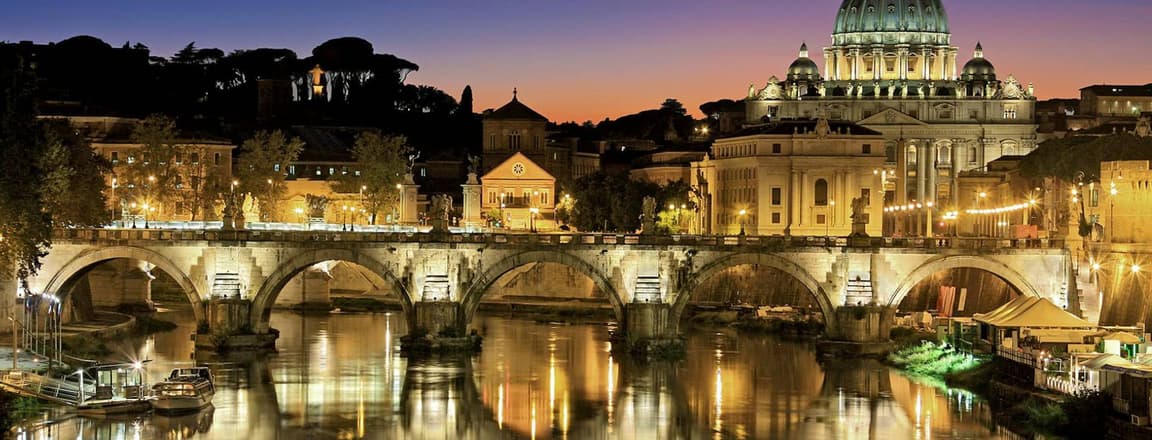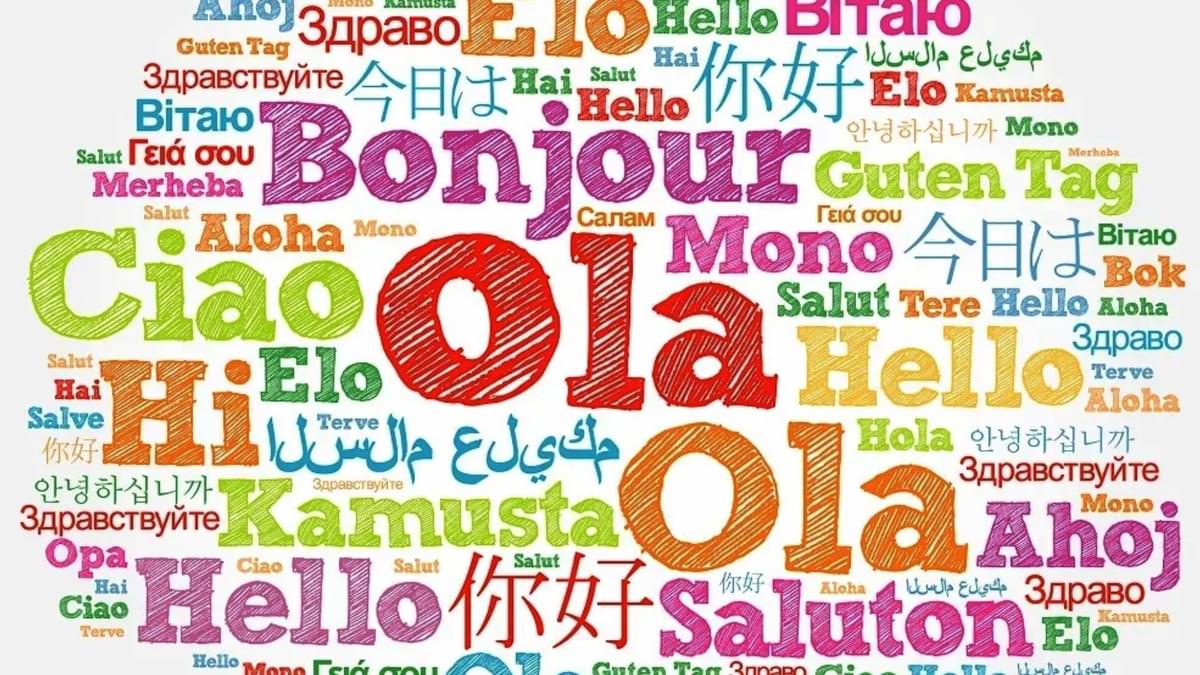
The Most Spoken Languages in Europe: A Journey Through Linguistic Diversity

Europe is a beautiful continent with stunning structures, fascinating history, vibrant cities, exotic beaches, snowy peaks, wonderful people and some mind-boggling museums. For some, a Europe trip is all about a gastronomy experience as Europe has the best wines, beers, cheese and local cuisines. Europe can be visited by all kinds of tourists because there is something for everyone here! Europe is too diverse, having people from distinct cultures, following different beliefs and traditions. It is stated that Europe is one of the most multiethnic places where people from all over the world are welcomed. For this reason, there are many languages spoken in Europe. English is not native to most European countries and has their local indigenous language that they speak. With this blog, allow us to guide you through the 10 most spoken languages in Europe, focusing on their origins, significance, and more.
Also Read: Best Countries in Eastern Europe
Language Diversity in Europe
Three main language families influence Europe's linguistic scenery:
- Indo-European: The largest language group in Europe, comprising Slavic, Romance, and Germanic languages.
- Uralic: Encompasses languages such as Finnish, Hungarian, and Estonian.
- Turkic: Represented by Turkish in southeastern Europe.
In addition, regional languages like Basque, Catalan, and Welsh, as well as minority languages, enhance the linguistic diversity of Europe.
Also Read: Europe Travel Guide
Top 10 languages spoken in Europe

1. Russian: The Language of the East
Native Speakers: ~120 million
Non-Native Speakers: ~35 million
Language Family: Slavic (Indo-European)
Russian is the most spoken language in Europe because of Russia's large population, the biggest in the world. It serves as the primary language of Russia and is commonly used in Belarus, Ukraine, and the Baltic states - Estonia, Latvia, and Lithuania. The Russian language has produced literary giants such as Tolstoy and Dostoevsky due to its strong literary tradition.
2. German: The Economic Powerhouse
Native Speakers: ~95 million
Non-Native Speakers: ~25 million
Language Family: Germanic (Indo-European)
The most commonly spoken language in Europe is German. It is one of the understood languages in Switzerland and Luxembourg and the official language of Germany, Austria, and Liechtenstein. Because of its accuracy and vast vocabulary, German has a strong connection with science, engineering, and philosophy.
3. French: The Language of Diplomacy
Native Speakers: ~77 million
Non-Native Speakers: ~60 million
Language Family: Romance (Indo-European)
French is spoken not only in France, but also in Belgium, Switzerland, Luxembourg, and Monaco. France's colonial past has led to its substantial worldwide influence. Referred to as the "language of love," French is also a fundamental aspect of global diplomacy, as it is one of the official languages of both the United Nations and the European Union.
4. English: The Global Lingua Franca
Native Speakers: ~70 million
Non-Native Speakers: ~200 million
Language Family: Germanic (Indo-European)
While native English speakers are in a minority in Europe, the fact that it has been an international standard ensures its position on the European language usage scale is comfortably among the top. Most European countries prefer English as the second language because of its use in technology, entertainment as well as in production which is considered as an official language in the United Kingdom and Ireland.
5. Italian: The Language of Art and Culture
Native Speakers: ~67 million
Non-Native Speakers: ~13 million
Language Family: Romance (Indo-European)
Italian is predominantly used in Italy, San Marino, and Vatican City, with a portion of speakers in Switzerland. Famous for its harmonious tone, Italian is the language of opera, art, and delicious cuisine. It is closely connected to Italy's wealth of cultural and historical legacy, spanning from the Renaissance to contemporary fashion.
6. Spanish: A Rising Presence in Europe
Native Speakers: ~45 million
Non-Native Speakers: ~15 million
Language Family: Romance (Indo-European)
Even though Spanish is more influential on a worldwide scale, particularly in Latin America, it is also one of the most spoken languages in Europe, predominantly in Spain. Spanish, being a prominent Romance language, holds significant cultural influence and is gaining popularity in the second position on the list of European languages.
7. Polish: The Heart of Central Europe
Native Speakers: ~40 million
Non-Native Speakers: ~5 million
Language Family: Slavic (Indo-European)
Polish is the recognised language of Poland and is commonly used in various communities in Germany, the United Kingdom, and other European nations. It is a fundamental aspect of Central Europe’s cultural and historical identity, characterised by a diverse literary and political past.
8. Ukrainian: A Language of Resilience
Native Speakers: ~35 million
Non-Native Speakers: ~10 million
Language Family: Slavic (Indo-European)
The official language of Ukraine is The Ukrainian language and it has recently gained certain prominence because of the arisen geopolitical problems. Although it has linguistic resemblances to Russian and Polish, this language stands out as unique and lively with its own rich literary and cultural heritage.
9. Dutch: Bridging North and West Europe
Native Speakers: ~24 million
Non-Native Speakers: ~5 million
Language Family: Germanic (Indo-European)
Dutch is used in the Netherlands and Belgium (Flemish in Belgium) and is an official language of the European Union. Some of the Dutch words are very similar to German. Because of Dutch colonial history, the impact of the language reaches Suriname and the Caribbean islands.
10. Greek: The Language of Civilization
Native Speakers: ~13 million
Non-Native Speakers: ~2 million
Language Family: Hellenic (Indo-European)
With almost 3,000 years of documented history, Greek is one of the oldest European languages. Greek has influenced philosophy, mathematics, and literature for a long time because it is the foundation of many Western languages and sciences.
The languages spoken in Europe represent more than just ways to communicate; they embody culture, identity, and history. From Eastern Russian to Western Portuguese, every language provides insight into the essence of its speakers. As Europe progresses, its linguistic variety still reflects its diverse and complex history. The languages of Europe serve as its voice, resonating throughout the past and into the future like a rich orchestra of different tongues.
Update your location?



